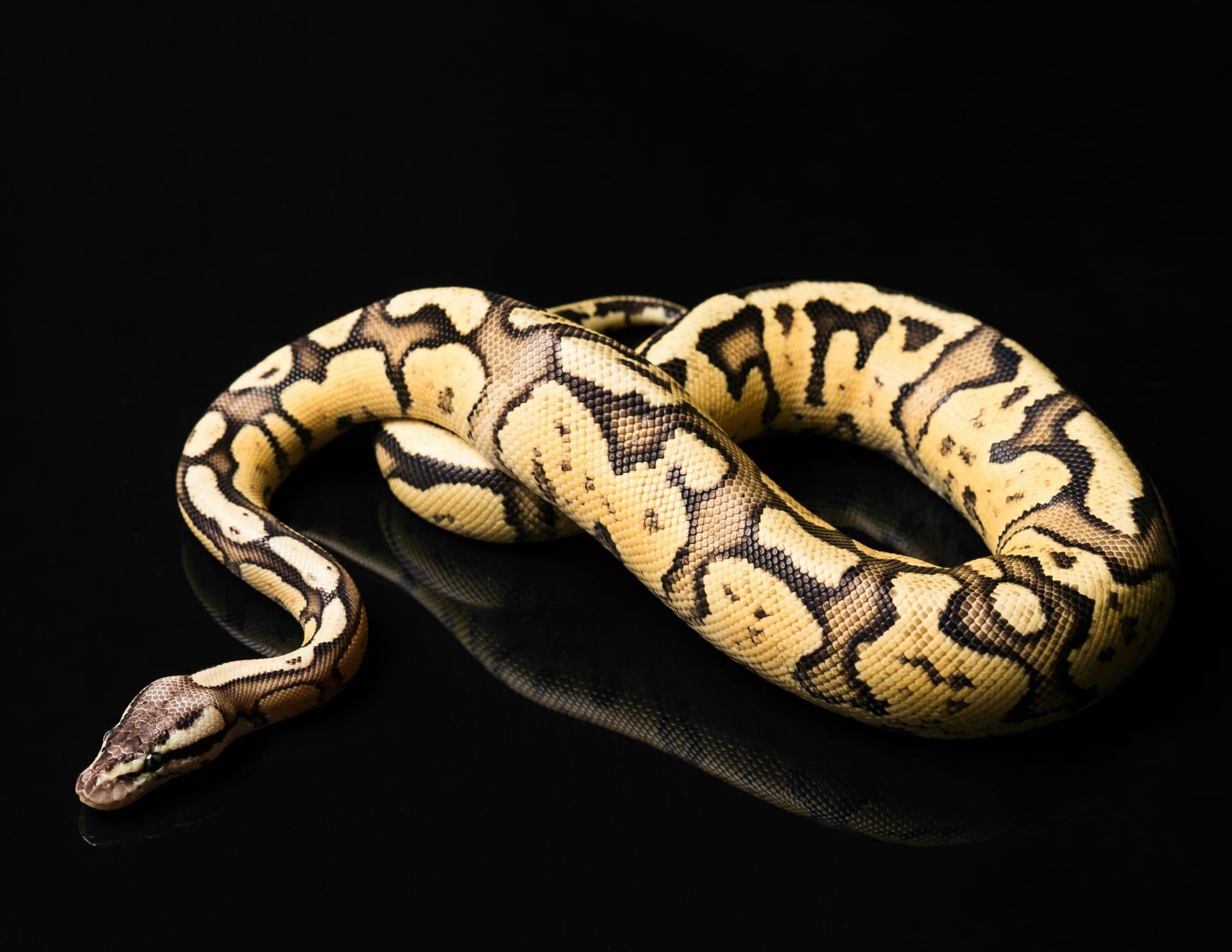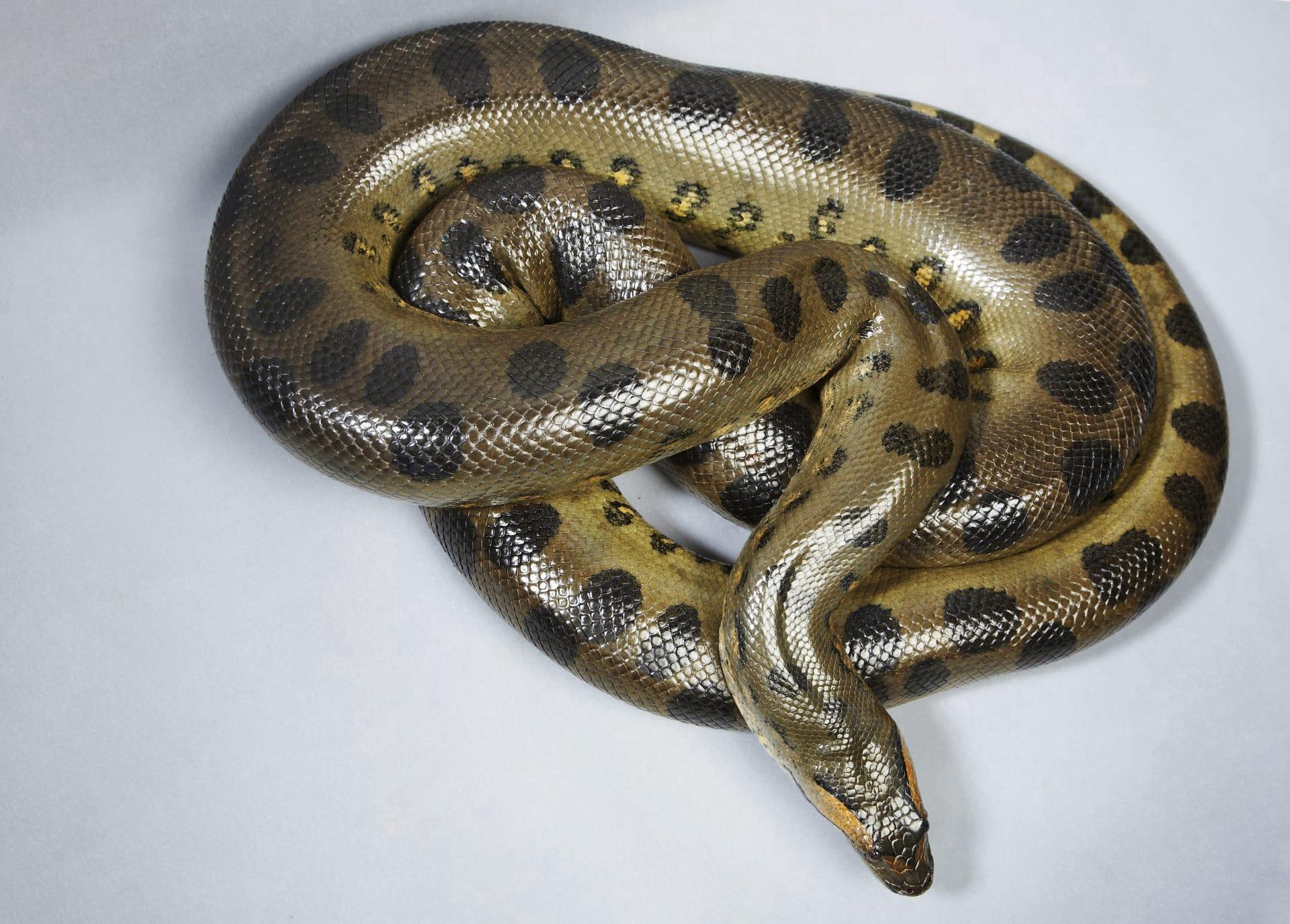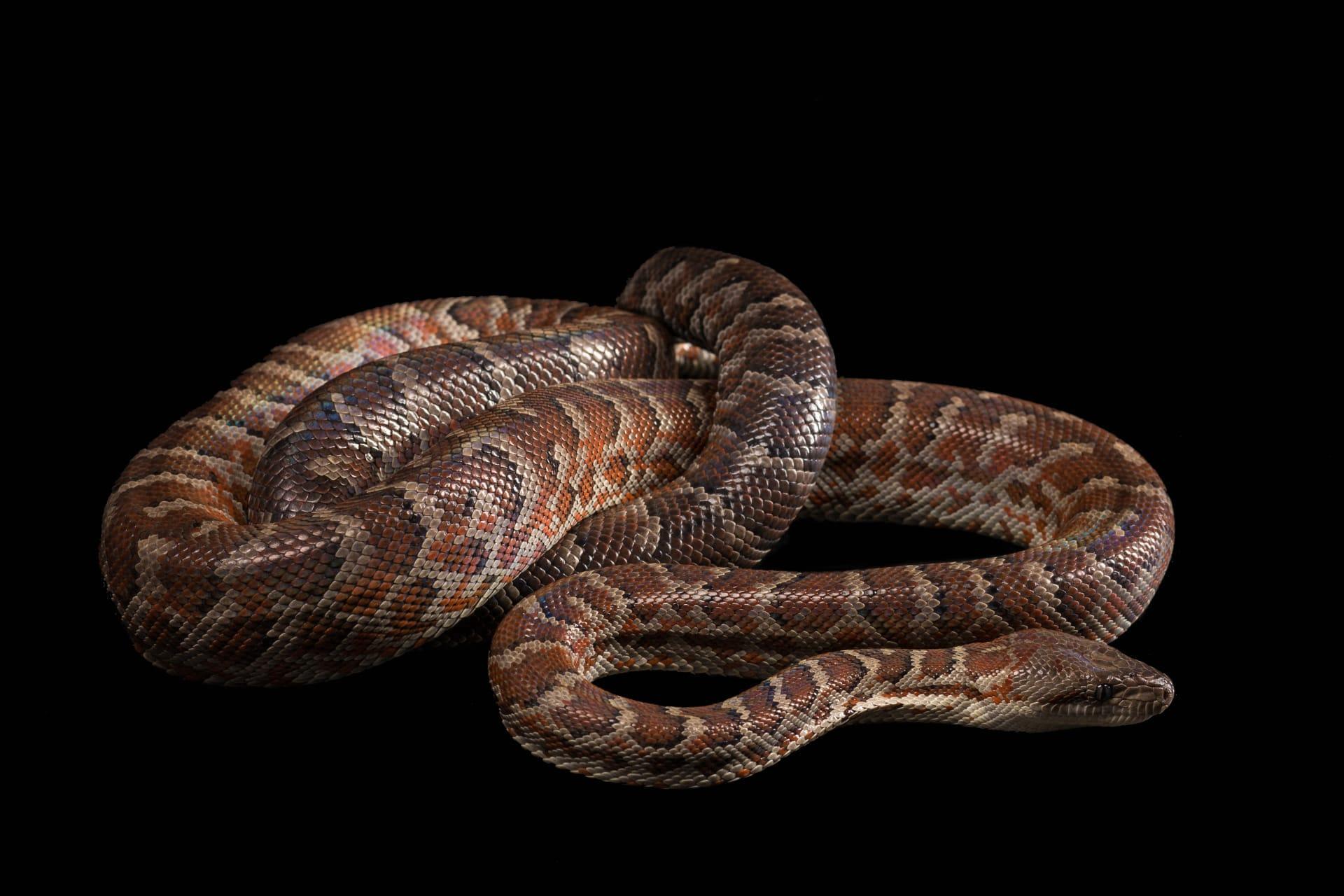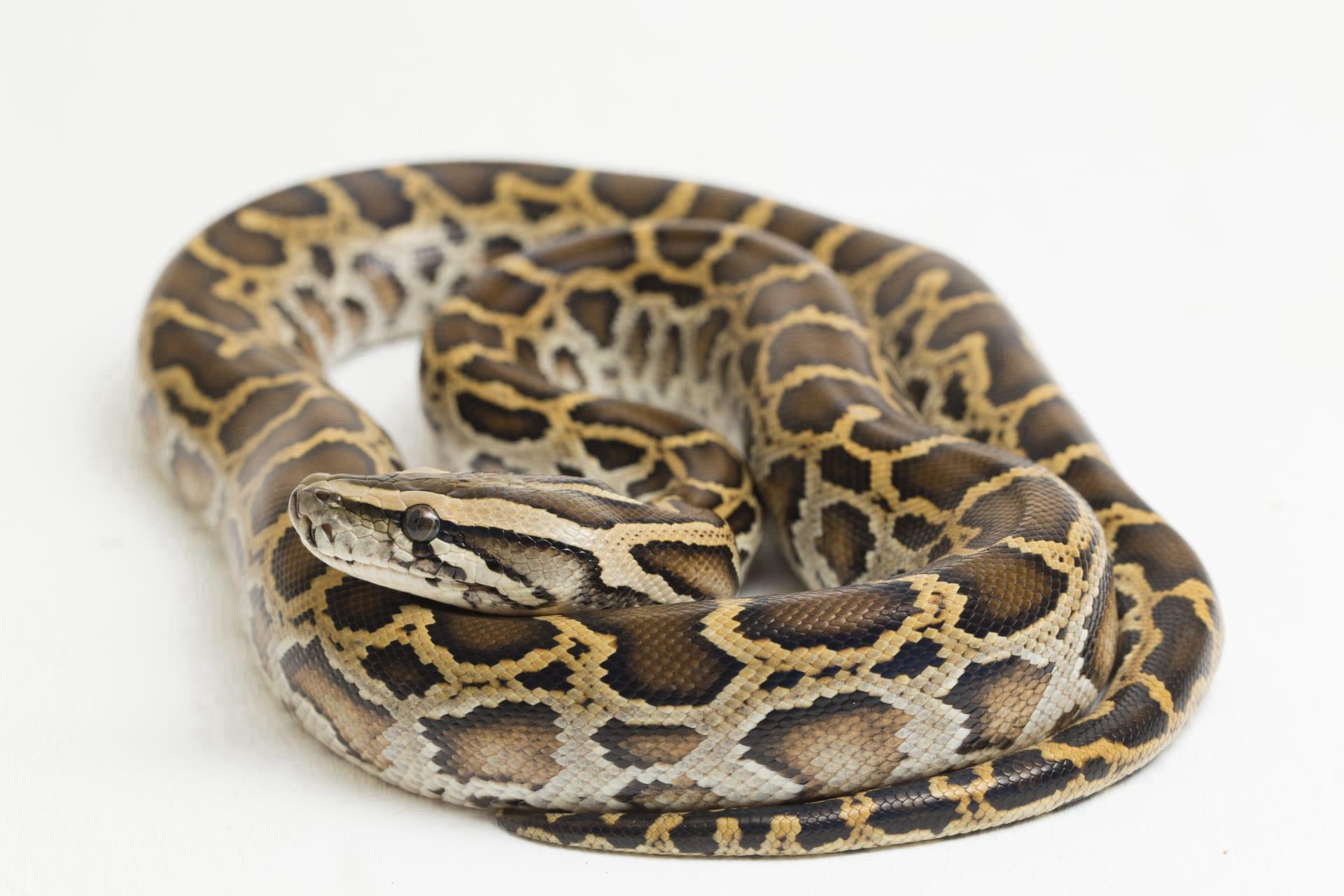1
Anacondas are among the most fascinating creatures in the animal kingdom, and their size is a primary source of amazement. The green anaconda, the largest species, can grow up to 30 feet in length, which is about as long as a school bus! These snakes can weigh as much as 550 pounds, making them the heaviest snakes in the world. Their massive size allows them to prey on large animals such as wild pigs, deer, and even jaguars. Despite their heft, anacondas are adept swimmers and often ambush their prey from water.
Another intriguing aspect of anacondas is their reproductive strategy. Female anacondas are the epitome of independent mothers. They give birth to live young, which is unusual among snakes. A single litter can consist of 20 to 40 offspring. What's more, these snakelets are entirely self-sufficient from the moment of birth, measuring around 24 inches long. They are born with all the skills needed for survival, including hunting and swimming, and receive no further care from their mother.

2
Anacondas have a unique hunting method that reflects their strength and aquatic lifestyle. They are constrictors, meaning they suffocate their prey by coiling around it and tightening their grip every time the prey exhales, eventually leading to suffocation. This method is efficient and allows them to take down animals much larger than themselves. Moreover, anacondas have heat-sensing pits on their faces, which enable them to detect the body heat of their prey, a handy tool for a predator that hunts in murky waters and dim light.
Their diet is another area of fascination. Anacondas are not picky eaters and have a varied diet that changes based on their environment and available prey. They primarily feed on fish, birds, mammals, and sometimes even other reptiles. Large anacondas can consume prey as large as capybaras, the world's largest rodents, and caimans, which are relatives of alligators. After a large meal, an anaconda can go weeks or even months without eating again, as they have a slow metabolism.

3
Anacondas have a remarkable growth rate, especially during the early stages of their lives. A young anaconda can grow several feet in a single year. This rapid growth is essential for their survival, as larger size means fewer predators and a greater ability to hunt substantial prey. This growth spurt doesn't last forever, though. As they age, their growth rate slows down significantly, but they continue to grow throughout their lives, albeit at a much slower pace.
Despite their fearsome reputation, anacondas are not typically dangerous to humans. They are non-venomous and prefer to avoid human contact. There have been very few documented cases of anacondas attacking humans. In their natural habitat, they are apex predators with no natural enemies, but they face threats from habitat loss and human activities. Conservation efforts are crucial for maintaining their populations and the balance of their ecosystems.

4
Anacondas are incredibly strong swimmers and spend much of their time in water. Their eyes and nostrils are positioned on top of their heads, allowing them to see and breathe while the rest of their body is submerged. This adaptation not only aids in hunting but also helps them avoid detection by prey and potential threats. The water also supports their massive bodies, making movement easier and more efficient than on land.
Another fascinating aspect of anacondas is their skin. It's not just their size and strength that make them remarkable; their skin is also extraordinary. Anaconda skin is thick and tough, providing protection against abrasions and injuries. It is covered in scales that help them move through water and rough terrain. The pattern and color of their skin provide excellent camouflage in their natural habitat, blending seamlessly with the murky waters and dense vegetation of the South American rainforests.

5
Anacondas have a slow metabolism, which plays a significant role in their lifestyle and hunting behavior. This slow metabolic rate means they can survive for long periods without food. After consuming a large meal, their digestive system can take weeks to fully process it. During this time, they are less active and often remain hidden to conserve energy and avoid potential threats while digesting.
The mating behavior of anacondas is as unique as their size. During the mating season, several males, sometimes up to a dozen, can be found intertwined with a single female in a mating ball. This can last for weeks, with males competing to mate with the female. The female has the ability to store sperm and delay fertilization, ensuring that the conditions are optimal for bearing young. This fascinating reproductive strategy is a testament to the anaconda's adaptability and survival instincts in the wild.